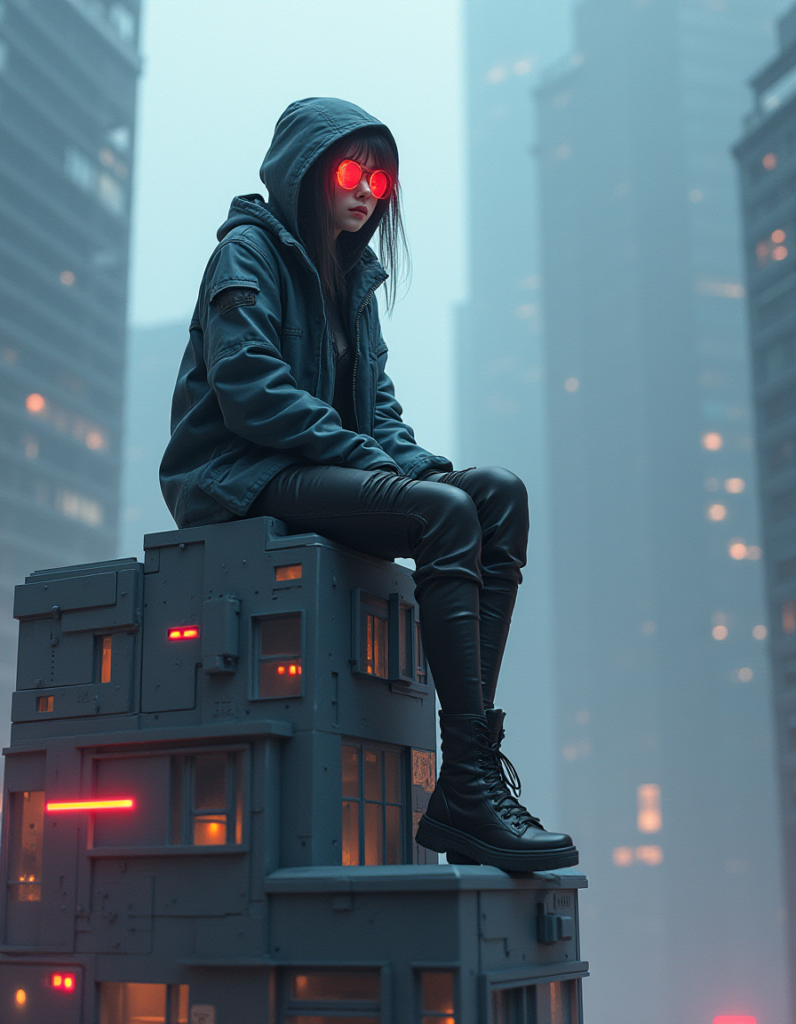In the ever-evolving landscape of Artificial Intelligence, creative tools have become increasingly sophisticated, enabling artists and designers to push the boundaries of imagination. One such tool that has captured the attention of the creative community is FLUX, a new AI model that is making waves for its potential to rival or even replace, well-known platforms like MidJourney.

As a tech enthusiast and creative coder, I recently embarked on a journey to explore FLUX by setting up a workflow that allows me to utilize this powerful AI model directly on my computer. The experience has been nothing short of transformative. In this article, I’ll walk you through the process of installing FLUX, share insights on its capabilities, and discuss why it might be the next big thing in AI-driven creativity.
What is FLUX?
FLUX is an advanced AI model that generates high-quality images, animations, and other visual content. Its ability to produce intricate details and lifelike textures stands out, making it a strong contender against established tools like MidJourney. The model is trained on a diverse dataset, allowing it to understand and replicate various artistic styles, from hyper-realistic portraits to abstract digital art.
Setting Up FLUX: My Workflow
Installing FLUX locally on my computer was straightforward, thanks to its well-documented setup guide. Here’s a step-by-step overview of how I created a workflow that integrates FLUX into my creative projects:
- System Requirements:
- FLUX requires a powerful GPU, so I made sure my system was equipped with the necessary hardware. A modern GPU with at least 8GB of VRAM is recommended for optimal performance.
- Installation:
- I started by downloading the FLUX model from the official repository. The installation process involved setting up a Python environment, installing necessary dependencies, and configuring my GPU for accelerated processing.
- Model Integration:
- Once installed, I integrated FLUX into my existing creative workflow. This included setting up scripts to automate the generation process, allowing me to quickly iterate on ideas and experiment with different styles.
- Testing and Fine-Tuning:
- To get a feel for FLUX’s capabilities, I began by generating a series of test images. The results were impressive, with FLUX consistently producing high-quality outputs that rivaled those of MidJourney. I also explored fine-tuning the model on specific datasets to tailor its outputs to my unique style.
Why FLUX Might Replace MidJourney
While MidJourney has been a go-to tool for many creatives, FLUX brings several key advantages that make it a serious competitor:
- Quality of Outputs: FLUX’s ability to render fine details and complex textures is unparalleled. In my tests, it consistently produced images that were both visually stunning and rich in detail.
- Customization: Unlike MidJourney, which operates as a cloud-based service, FLUX is installed locally, giving me full control over the model and its outputs. This allows for greater customization and experimentation.
- Cost Efficiency: Running FLUX locally eliminates the need for subscription fees associated with cloud-based services. While there are costs involved in maintaining the necessary hardware, the long-term savings can be significant.
- Creative Freedom: FLUX’s versatility makes it an ideal tool for a wide range of creative projects. Whether I’m working on digital art, animations, or experimental visuals, FLUX offers the flexibility and quality I need to bring my ideas to life.
Conclusion
FLUX represents a new frontier in AI-driven creativity, offering artists and designers a powerful tool that could potentially reshape the way we approach visual content creation. While MidJourney has set a high standard, FLUX’s quality, customization options, and cost efficiency make it a compelling alternative for those looking to take their creative projects to the next level.
As I continue to explore FLUX’s capabilities, I’m excited about its possibilities and look forward to sharing more insights and projects in the future. If you’re a creative looking to experiment with the latest AI technology, I highly recommend giving FLUX a try—it just might be the tool that revolutionizes your workflow.
Here you have a few examples generated with Flux, showcasing its remarkable consistency across different projects. Each example reflects a coherent narrative style, demonstrating how Flux excels as a tool for storytelling. Its ability to maintain a unified voice and structure across various scenarios highlights its effectiveness in crafting compelling and engaging stories.





